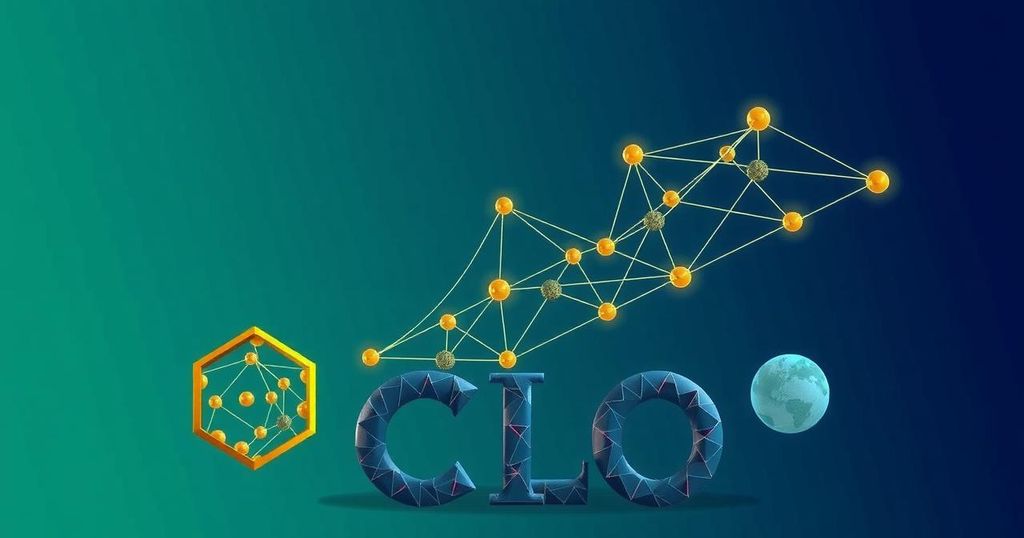Celo’s Quest: Choosing the Right Blockchain Partner Amidst Layer-2 Competition
Celo is in the process of selecting a partner to transition into a layer-2 network on Ethereum, engaging with top competitors like Arbitrum, Optimism, Polygon, and zkSync. The focus is shifting from technical proposals to crucial economic terms that will support this migration. The outcome is not only pivotal for Celo but also represents a significant moment in the competitive blockchain landscape.
In the intricate dance of blockchain technology, Celo finds itself at a crossroads, embarking on a quest to transition into a layer-2 network on Ethereum. This selection journey resembles a captivating reality show, akin to “The Bachelorette,” where formidable contenders like Arbitrum, Optimism, Polygon, and zkSync vie for attention and partnership. With teams crafting enticing technical proposals, the stakes reach dizzying heights as developers seek the best fit for Celo’s aspirations, enhancing not just code, but the economic dynamics that will underpin their advancements.
For the past several months, the developers of Celo have meticulously sifted through the proposals from leading blockchain networks. Each contender, be it Optimism with its internal testnet, Polygon offering in-depth expertise, or zkSync showcasing proactive engagement, strives to present their unique value. As Tim Moreton, CEO of cLabs, notes, the focus is evolving from purely technical assessments to deeper discussions about economic agreements—a pivotal element that could determine the partnership’s outcome.
Amidst this high-stakes selection process, where revenue sharing and incentive structures loom large, Celo’s current standing—a modest $116 million in total value locked compared to Ethereum’s staggering $30.6 billion—does not diminish the significance of its choice. The interactions with potential partners resemble a mix of strategy and courtship, where candidates extend their capabilities and collaborate closely with Celo’s team to demonstrate their commitment. But the ultimate decision looms, a decisive moment in a narrative ripe with excitement and potential.
Celo is an emerging blockchain platform that seeks to enhance its capabilities by transitioning to a layer-2 network on Ethereum, leveraging the latter’s robustness and expansive ecosystem. This move is particularly timely, as layer-2 networks are gaining traction for their ability to scale Ethereum’s performance, making the evaluation of partnerships a strategic necessity. Competitors like Arbitrum, Optimism, zkSync, and Polygon represent a vibrant sector within blockchain technology that champions innovation, technical excellence, and community engagement, making the landscape increasingly competitive as they work to attract new projects like Celo. Understanding these dynamics is essential in grasping the motivations and implications of Celo’s selection process.
Ultimately, Celo’s journey toward becoming a layer-2 network encapsulates the vibrant and sometimes dramatic dynamics of the blockchain ecosystem. As it weighs proposals from high-profile contenders, the focus is not solely on technological superiority but also on the strategic economic frameworks that will support long-term growth. As the curtain slowly rises on this decision-making process, it’s clear that the groundwork laid today will echo in the corridors of blockchain evolution for years to come. The whir of innovation is palpable, promising to transform Celo—and perhaps the entire blockchain landscape—as it chooses its partner wisely in this delicate game of advancement.
Original Source: www.coindesk.com




Post Comment